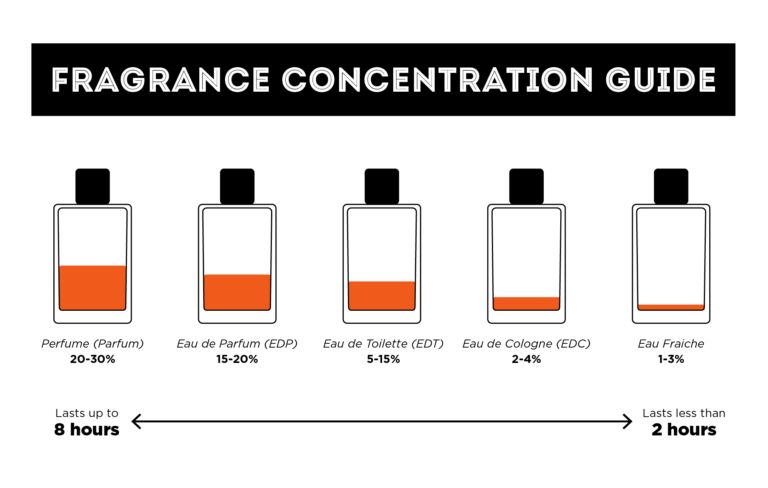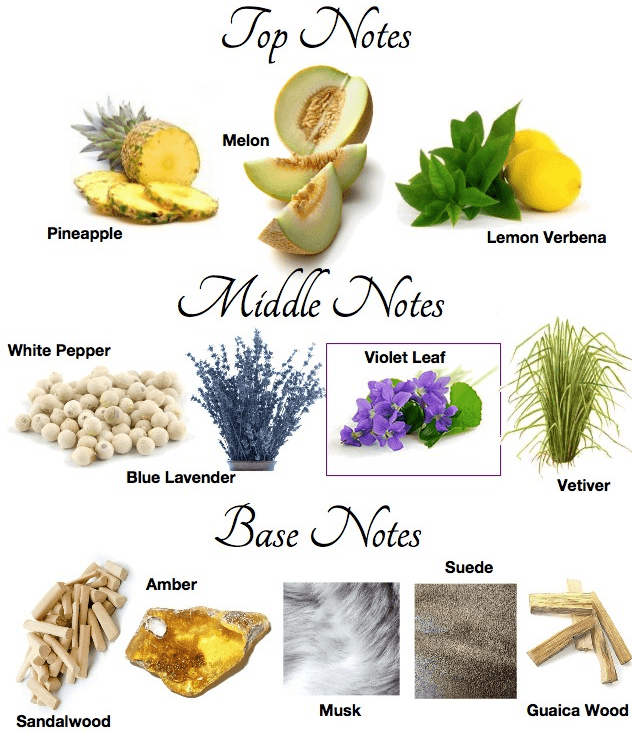From ancient antiquity, humans attempted to conceal or strengthen their smell with perfume, by taking the pleasant odor from the wild. Many natural and artificial materials have been used in perfumes production.
The perfume is from Latin, “per” meaning “through” and “fumum” meaning “smoke” or “mist”.

HISTORY OF PERFUMES
ANCIENT CIVILIZATIONS
In ancient Egyptian civilizations, Greeks, Romans, Persia and China, fragrances were used not only to make aromatic bodies but also for religious rituals.
According to the Bible, three wise men visited the baby Jesus carrying Myrrh and mastic (frankincense). The ancient Egyptians burnt incense from the nail leaves (henna), myrrh, cinnamon and juniper. They also soak wood, gum and plastic (resins) in water and oil for use as an aromatic oil. The ancient Egyptians also marinated people who had been hidden and often assigned specific scents/fragrances to the gods. They said the perfume was “the Scent of the Gods”, the “spiritual Awakening dish”.

Afterwards, Egyptian fragrances influenced the Greeks and Romans. For hundreds of years after Rome collapsed, the perfume was primarily a oriental art. Many believe that the Persians have invented the distillation process from which it is possible to create alcoholic perfumes instead of oil. The Persians dominated the perfume trade for centuries, most likely due to their new approach at the time.
Europe
It spread to Europe when the 13th-century crusaders brought samples from Palestin to Britain, France and Italy. The Europeans discovered the healing properties of perfumes in the 17th century. Doctors treat the plague and nose patients with cloves, cinnamon (cinnamon) spicy and flavoring (spices) to heal.
France
The perfume was then widely used during the monarchy. King Louis XIV of France used it so much that he was called “The King of Perfume”. His room is filled with perfume, and the dried flower bowl is placed throughout the palace for air cooling. The royal family is bathing in goat’s milk and rose petals, using perfume for body, clothing, furniture, walls and dining tables. At this time, Grasse-a region of southern France, where there are many flowers, has become the world’s leading perfume producer.
British, Germany
Meanwhile, in the UK, aromatics are contained in the pendants/watches and the head of the rod so that the owner can enjoy. It wasn’t until the late 1800, when synthetic chemicals were used, new fragrances could be sold to the market. The first synthetic perfume is nitrobenzene, made from nitric acid and benzene. This synthetic mixture smells almond and is often used to make soap flavoring. In 1868, William Perkin synthesized coumarin from South American tonka beans to create a dried grass-like scent. Ferdinand Tiemann of the University of Berlin created synthetic violet and vanilla.
United States
In the United States, Francis Despard Dodge has created Citronellol (a type of alcol that smells like roses) from lime lemongrass oil (citronella oil). In various variants, this synthetic compound produces the scent of flowers such as sweet pea, Reishi-Lily of the valley, Narcissus and Orchids (hyacinth).
RAW MATERIALS FOR PERFUME PRODUCTION
Natural materials such as flowers, grasses, spices, fruits, wood, roots, resins, aromatic wax, foliage, dandreers, and animal and alcohol secretions, oil chemicals, coal and tar have been used in the production of perfumes. Some plants, such as Reishi, are not extracted essential oils. In fact, only about 2,000 out of 250,000 species of flowering plants are known to contain these essential oils. Hence, synthetic chemicals are used to regenerate some scents. Synthetic chemistry also produces scents that are not found in nature.

Some perfume ingredients are fatty oil products from animals. Castor, for example, comes from beaver, musk from male deer, musk (civet) from the Weasel and ambergris from the sperm whale. These substances are used as fixatives which allow the perfume to evaporate slowly and give a longer flavor. Other fragrances include tar coal tar, moss (MOSS), resin or synthetic chemicals. Alcohol and water are used to dilute perfumes. The main proportion of alcohol/water and oil determines the perfume is “Eau de Toilette” or “Cologne”.
Common Natural Ingredients
- Rose Petals
- Myrrh
- Frankincense (Olibanum)
- Jasmine
- Oakmoss
- Sandalwood
- Vanilla
- Citron
Common Synthesis Ingredients
- Aliphatic aldehyde
- Methylbenzodioxepinone (Calone)
- Indole
- Iso E Super (or IFF) – Tetramethyl Acetyloctahydronaphthalenes
- Ambergris (reproduced synthetically)
- Hedione – Methyl dihydrojasmonate (Jasmine Perfume)
- Musk (reproduced synthetically)
- Lily of the Valley (reproduced synthetically)
PERFUME PRODUCTION PROCESS
PREPARATION
Before production begins, the raw materials (plants, animal products, synthetic chemicals) must be taken to the production center.
EXTRACTION
Essential oils are extracted from plants by methods: steam distillation, solvent extraction, dialysis, immersion and squeezing.

1. Steam Distillation (Distilation)
Steam Charismatic Distillation
Plant material to be extracted is introduced into the distillation unit together with purified water. The purity of water must reach the norm to ensure the highest quality for essential oils to extract. The temperature of the distillation unit will evaporate, take the essential oil in the pipeline, to pass through the cooled conduit, steam will condense into drops and produce compounds consisting of hydrosol and essential oils. Essential oil is a very thin, pure, more heavy layer that should float on the hydrosol surface. Hydrosol, also known as herbal water, or oil-distilled water, is a water-drawn part of which an essential oil is approximately 0.02%. After the first separation of Hydrosol, we will collect pure essential oils.
Water Direct Distillation
Essential oils can also be extracted by boiling plant substances such as petals in water. This is one of the most commonly used and the most ancient methods (having been around 5000 years ago).
This method can be used to extract most essential oils. The basic principle is the mixture of liquid consisting of many non-soluble and equally undissolved structures with the boiling temperature below the boiling temperature of the component elements. Usually the essential oil has a rather high boiling temperature. However, because it is insoluble in water so it will form a mixture of two insoluble liquids and this mixture has a boiling temperature of less than 100 degrees Celsius (boiling temperature of water under normal conditions). Because it is insoluble in water and is lighter than water, after condensation, the mixture of water and essential oils will separate into two layers and can be separated by the extraction method.
2. Solvent Extraction
This method separates the essential oils from the well-soluble essential oils in polar solvents such as alcoholic and non-polar (commonly used solvents are hydrocarbons such as N-hexane, which have low boiling temperatures for easy removal). Then remove the solvent with her rotating vacuum.
3. Enfleurage
This method is one of the very ancient manual methods derived from the French and usually applied to the type of flowers with thin wings and it is difficult to get essential oil such as Jasmine, Hoang LAN. To get the essential oil from the fragile petals, one scan of the animal fat layer is called pomade onto the glass panels and flowers on top. The grease will slowly suck up the essential oil from the flower, which is also when the flower gradually ruins. Then, this fat layer is dissolved into alcohol (alcohol) and heated to remove alcohol.

4. Maceration
Immersion is a method of extraction of interruptions in which the amount of solvent is exposed simultaneously with the entire amount of material in the appropriate instrument. This method relies on the properties of some non-volatile solvents such as vegetable oil, freezing fat, Vaseline, paraffin… Has the ability to dissolve essential oils in raw materials. If soaked with solvents are animal fats, then it is required to raise the heat of the process so that the solvent in liquid. Immersion is the same as the extraction process but the other is the process of immersion using non-volatile solvents. The solvent used to soak is pure, with no strange smell, so that the solvent needs to be refined before production.

5. Cold Expression
Cold pressing method is often used for raw materials containing essential oils in essential oil bags, high content of essential oils, easy to squeeze tanks such as grapefruit, orange, tangerine…
BLEND
The essential oils of perfumes are blended together under a certain formula to create certain scents. Then the tincture and sometimes water are used to dilute the ingredients in the perfume. The main rate of alcohol with essential oils determines the value of perfume. The more essential oils, the more expensive the perfume is. The amount of alcohol in perfumes can fluctuate a lot. Most fragrances (Eau de Parfum) contain about 15-20% of the essential oil dissolved in alcohol and a little water. Colognes (Eau de Cologne) contains about 2-4% of the essential oil diluted in 80-90% alcohol and about 10% water. The perfume “Eau de Fraiche” has the least amount of essential oil, about 2% soluble in 60-80% alcohol and 20% water.

THE AGING PROCESS
Good fragrances are usually brewed for several months or even years after they are blended. Each perfume has three layers of incense: The top notes of “Notes de Tete”, the flavor between “notes De coeur” and last flavor or background flavor “notes de fond”. The top flavour smells like citrus. The middle notes are usually rose and jasmine. And the last flavor is that wood flavor brings lasting aroma to perfume.

THE FUTURE OF PERFUME INDUSTRY
Perfumes today are being produced and used in different ways compared to the previous centuries. Perfumes are being produced increasingly more often with synthetic chemicals rather than natural essential oils. The less dense form of perfumes is also becoming increasingly popular. Combined, these factors reduce production costs, encouraging fragrances to be used more widely and more frequently.
Enhances memory, creativity
Using perfumes to heal, make people feel good and improve the relationship between the two males are the new frontiers being the industry of discovery. Smell is considered a right brain activity, emotional, memory and creative regulation. Aromatherapy and perfumed fragrances to cure physical and mental problems, are being revival to help with hormonal balance and body energy. The theory behind aromatherapy shows that the use of essential oils enhances the immune system when inhaled or applied topically. Smell aroma also affects a person’s mood and can be used as a psychological form of therapy.
Improves physical and mental health
Like scent therapy, more research is underway to synthesize perfumes from body scents to attract others. Humans, like other mammals, release pheromones to attract the world. New fragrances are being created to duplicate the effects of pheromone and stimulate sexual arousal receptors in the brain. Fragrances not only help conceal “bad” odors, but also can improve the physical and mental health as well as human sex life.
Follow Dora CosmePharm on Facebook to get new posts now!


